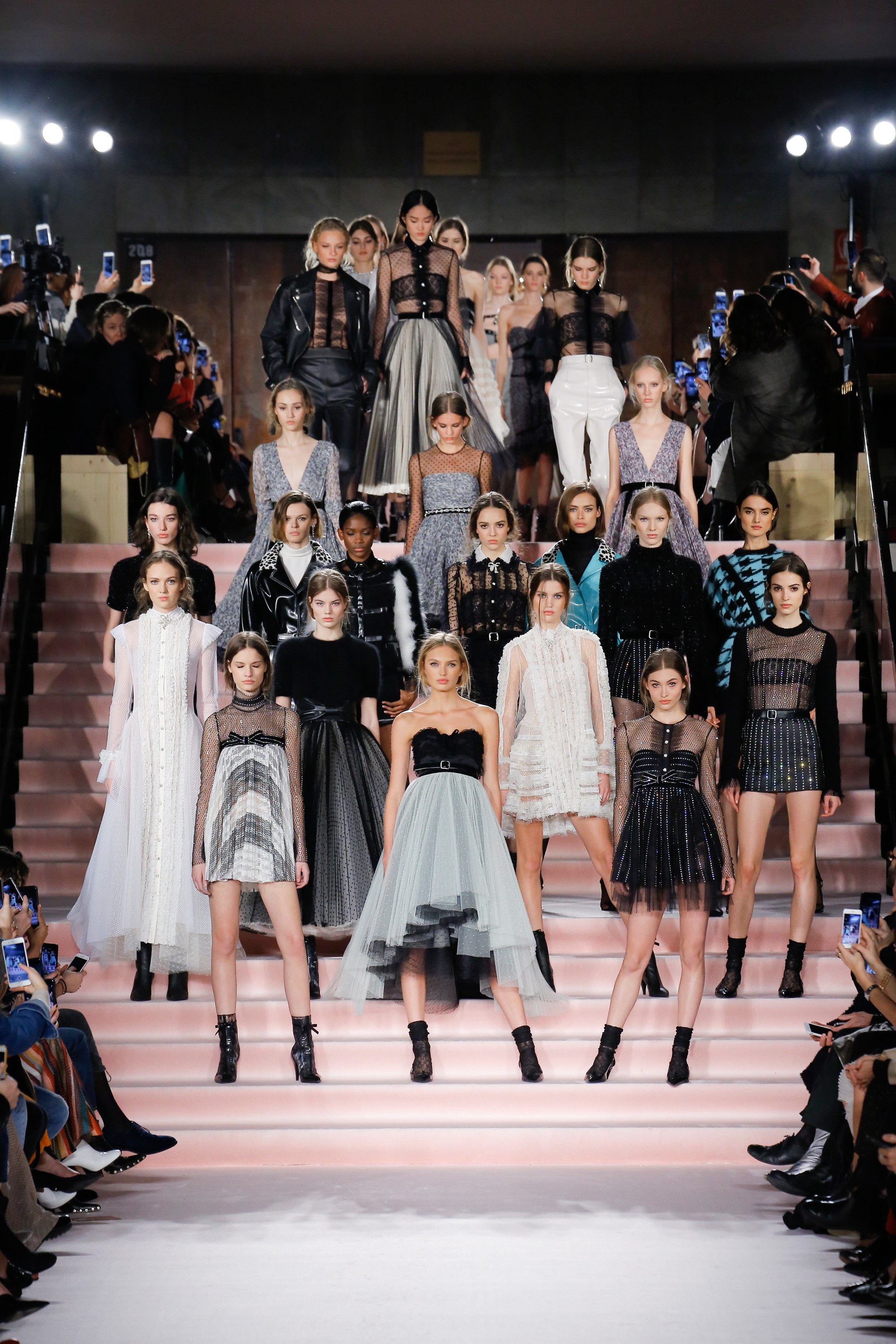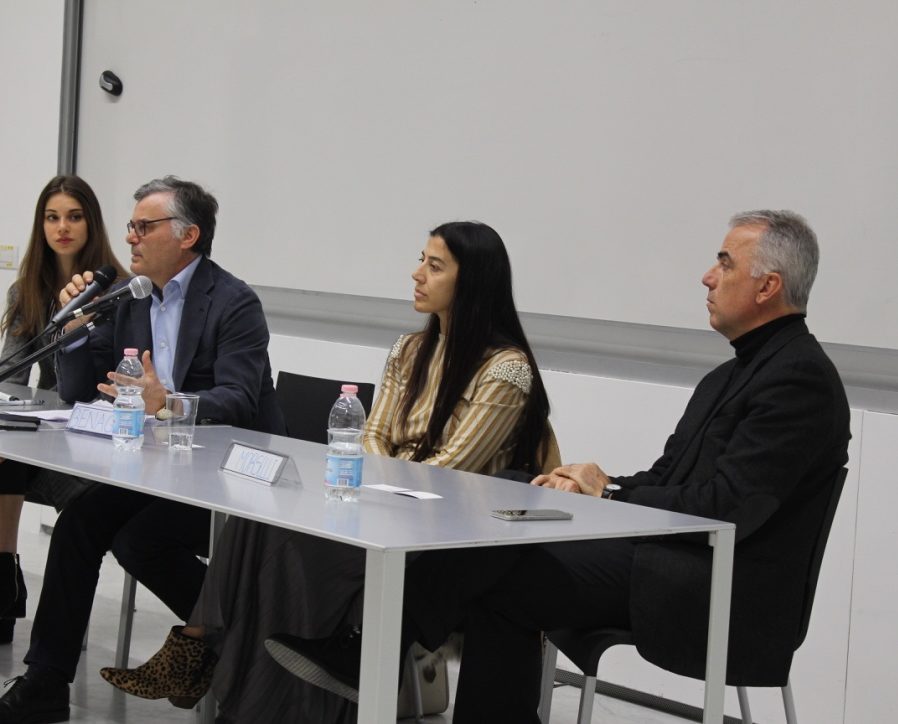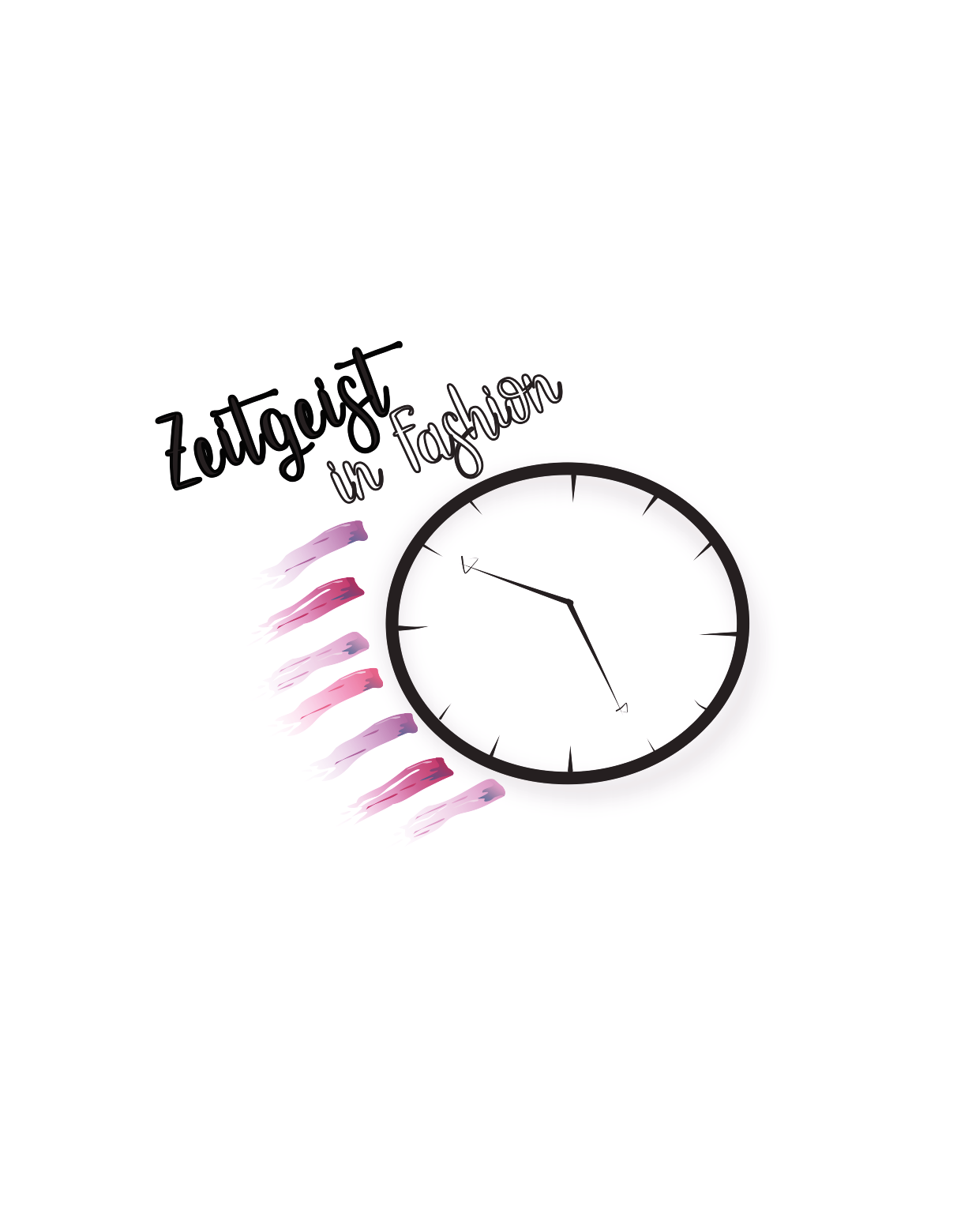Close your eyes and imagine a woman flying down an aisle covered in light blue, floating veils of plissè tulle, striking in her fierce spirit: what you are imagining is the essence of the Philosophy by Lorenzo Serafini fashion show.
Serafini has been designing Philosophy since the end of 2014, after having worked for Roberto Cavalli and Dolce Gabbana. Although Philosophy has been the young branch of Alberta Ferretti since 1984, when Serafini took over he had carte blanche and managed to entirely rethink the label. In only a few years he built a successful business based on the idea of offering high-end pieces at attainable prices which are usually below $1000 and are sold both in stores and on several online platforms.
The new A/W 2017-2018 collection has been displayed in a room of the Università degli Studi di Milano, in Via Festa del Perdono. The setting was extremely simple so not to steal the attention from the clothes showed and models walked down a majestic staircase on a pink carpet.
One of the main concepts that the designer wanted to underline was that of “duality”. As Serafini himself stated, he has always been fascinated by women’s dual soul. The women he dresses are both sweet and aggressive, innocent and sensual, dreamy and rational, delicate and resolute, shy and sparkling. Dresses themselves reflect all this dualities and they are meant to suggest a “modern fairytale”.
The princess of this new tale takes inspiration from the 1950s-Queen Liz Taylor and the rebellious soul of 1960s-Mods(subculture widespread among the London youth), and she strikes with a mix of elegance, sensuality and modernism.
Women’s femininity is highlighted through silhouettes that drive the attention on the décolleté and on a tiny waist marked with belts and high-waisted skirts and shorts. Serafini uses all types of fabrics, from leather, to wool, tulle, lurex and lace, while the most recurring prints are pois and micro flowers. Sometimes rows of Swarovski crystals add a little sparkle to elegant total black outfits. The main colors are black and white so to recall the optical fashion of the Sixties, although there are romantic splashes of dusty rose and pale turquoise.
Serafini wisely mixes together classy shapes, sweet prints and surprisingly textures giving birth to an amazing game of see-throughs that merges that vintage allure with the idea of an independent young girl.
Overall, the new collection of Philosophy seems to be an outcast in a world where more and more often vulgarity is mistaken for sensuality and it shows that women can state their power even in a sweet, romantic gown.
by Bianca Cattadori





